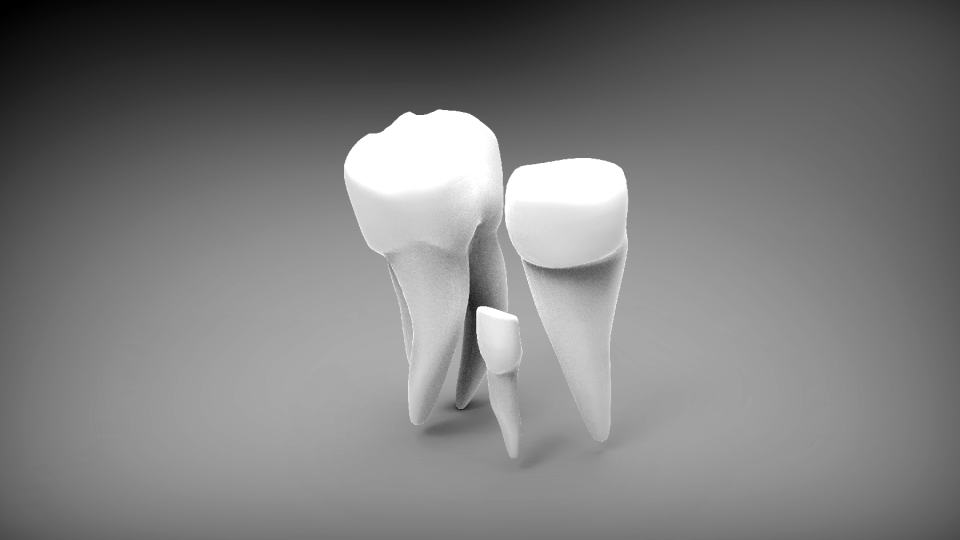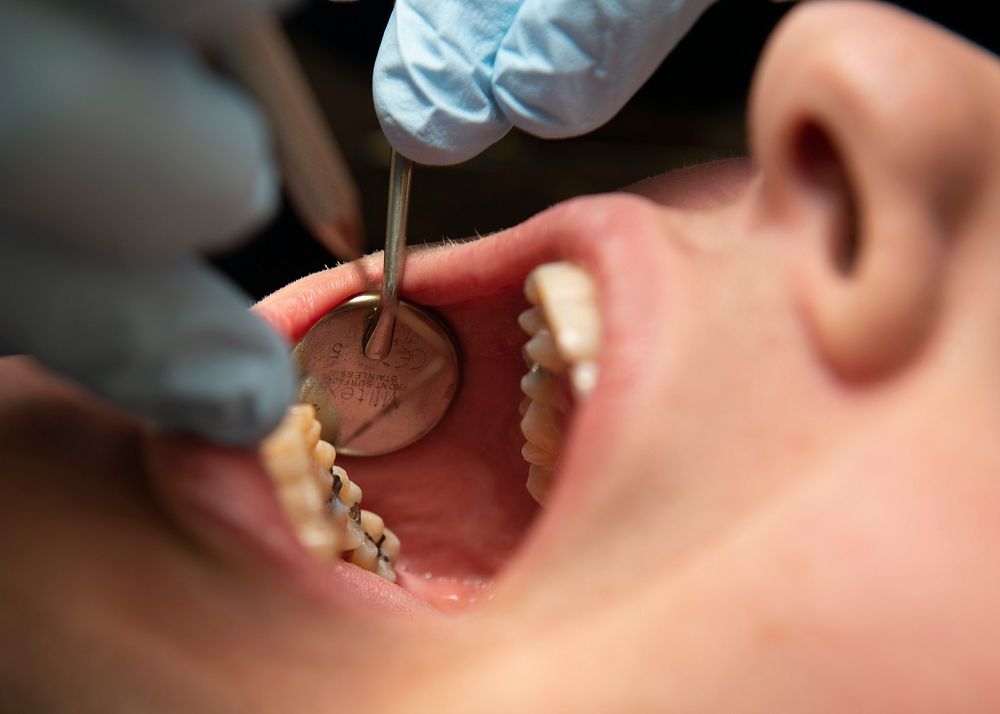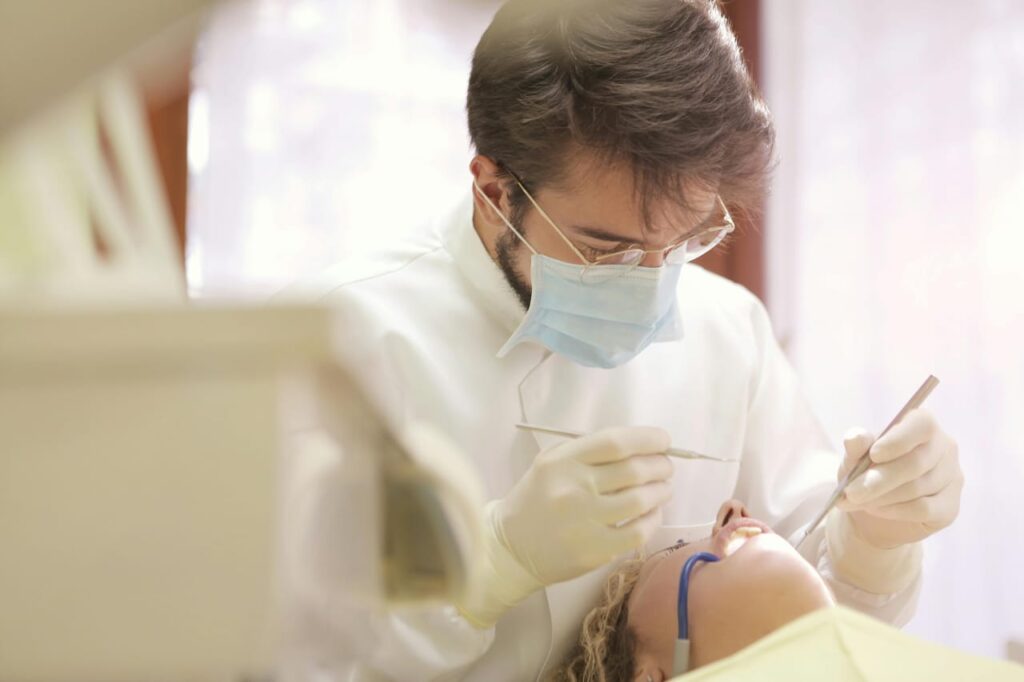Recovery from wisdom tooth extraction is a crucial stage that requires legitimate consideration and understanding. Patients frequently wind up posing urgent inquiries, for example, “When can I use a straw after wisdom teeth removal?” This guide plans to address these questions and provide far-reaching experiences to enhance your recuperation process.
Understanding the Timing: When Can I Use a Straw after Wisdom Teeth Removal?
Protected and convenient utilization of straws post-medical procedure is imperative for advancing compelling recuperation and forestalling complexities. Here is a breakdown of the suggested timetable:
Prompt Post-Employable Period (Initial 24-48 Hours):
During this basic stage, it’s important to abstain from utilizing straws completely. The careful site is newly uncovered, and upsetting it can disturb the development of the fundamental blood clump essential for recuperating.
First Week Post-Medical Procedure:
Proceeding with the aversion of straws is fitting during the underlying week. This period is essential for the adjustment of the coagulation and the underlying phases of recuperation.
Past the Primary Week:
After the underlying week, a few people may mindfully once again introduce straw utilization, contingent upon their special mending progress. In any case, it’s critical to look for customized counsel from your oral specialist or dental specialist before doing so.
Recognizing the Risks of Premature Straw Use
Early usage of When can I use a straw after wisdom teeth removal can prompt different inconveniences, including:
- Hazard of Dry Attachment: The pull movement created by straws can oust blood coagulation, bringing about dry attachment—a difficult condition that defers recuperating.
- Expanded Dying: Negative strain from straw use can initiate pointless dying, upsetting the recuperation interaction.
- Disease Chance: Upsetting the careful site raises the gamble of contamination, prompting further intricacies and delayed recuperation.
- Swelling and Uneasiness: Untimely straw utilization can worsen expansion and distress, obstructing the general recuperation process.
- Dislodging Blood Cluster: Other than dry attachment, utilizing a straw rashly can unstick the blood coagulation that structures at the extraction site, ruining legitimate recovery.
- Nerve Harm: The pull force made by utilizing a straw might come down on neighboring nerves, prompting impermanent or extremely durable harm and deadness in the mouth or lips.
- Deferred Mending: Untimely straw use can postpone the recuperating system, expanding the recuperation time and increasing distress. So this post, When Can I Use a Straw After Wisdom Teeth Removal? is very informative for you.
- Compromised Results: Disturbing the mending system by utilizing straws too soon can make you think twice about the ultimate result of the strategy, influencing the arrangement of encompassing teeth or the viability of orthodontic medicines.
- Gum Downturn: Unreasonable sucking movements from utilizing a straw can overburden the gums, possibly prompting gum downturn and expanded tooth responsiveness.
- Optional Diseases: The presentation of microscopic organisms from the mouth into the careful site through a straw can increase the risk of auxiliary contamination, confounding the recuperation cycle and requiring extra treatment.
These additional perils include noticing post-employable guidelines and avoiding practices like using straws until approved by your dental master.
Essential Post-Operative Care Practices
Legitimate post-medical procedure care essentially adds to a smooth and quick recuperation. Here are the fundamental rules to keep in mind: When can I use a straw after wisdom teeth removal?
Dietary Do’s and Don’ts:
- Stick to delicate, effectively consumable food sources like yogurt and pureed potatoes at first to limit inconvenience and aggravation.
- Avoid hard, crunchy, or sticky foods that can aggravate the surgical sites and impede healing.
- Ensure adequate hydration through drinking water, but refrain from using straws as a precautionary measure.
Staying aware of oral tidiness:
- Avoid rinsing your mouth on the day of surgery to facilitate blood clot formation.
- Practice gentle rinsing with warm salt water in the following days to keep the surgical sites clean.
- Gradually reintroduce regular brushing, avoiding the surgical areas initially, and progressing gently as healing progresses.
Rest and Recovery Tips:
- Prioritize rest and avoid strenuous activities to minimize bleeding and swelling.
- Elevate your head with pillows while resting to alleviate swelling effectively.
- Abstain from smoking and alcohol consumption, as they can impede healing and interact with medications.
Powerful Pain Management Procedures
Overseeing post-usable agony is urgent for improving solace and wisdom teeth removal aftermath advancing recovery. This is the real way to reduce distress:
- Warm Saltwater Flush: Delicately washing your mouth with warm saltwater a few times each day can assist with diminishing torment and enlarging, as well as advance recuperating.
- Herbal Cures: Certain spices, like clove or peppermint oil, have normal pain-relieving properties that can help with tooth extraction torment. Apply a modest quantity to the impacted region for transitory help.
- Soft Food Diet: Proceeding to devour delicate, simple to-bite food varieties even after the initial few days can assist with limiting uneasiness and aggravation to the careful locales.
- Cold Treatment: Applying an ice pack or cold pack to the region beyond your cheek in short stretches can assist with desensitizing the region and lessening enlarging, giving brief relief from discomfort.
- Prescription Agony Prescription: On the off chance that over-the-counter painkillers aren’t giving adequate alleviation, your dental specialist or specialist might recommend a more grounded torment drug to oversee inconvenience.
- Herbal Teas: Tasting warm, homegrown teas like chamomile or ginger tea can assist with loosening up muscles and mitigate torment related to wisdom tooth expulsion.
- Gentle Jaw Activities: Performing delicate jaw exercises, for example, opening and shutting your mouth gradually or rubbing the jaw muscles, can assist with easing pressure and uneasiness.
- Distraction Procedures: Participating in exercises that divert your brain from aggravation, like paying attention to music, watching motion pictures, or rehearsing unwinding strategies like profound breathing or contemplation, can assist with mitigating uneasiness.
- Stay Hydrated: Drinking a lot of liquids, especially water helps keep the mouth wet and works with the recuperating system, decreasing the feeling of torment.
- Proper Rest Situating: Hoisting your head with additional pads while dozing can assist with decreasing enlarging and reducing uneasiness, advancing better rest quality, and quicker recuperation.
Integrating these extra aggravation-the-board methodologies into your wisdom teeth removal aftermath post-employable consideration routine can assist you with really overseeing distress and advance a smoother recuperation after intelligence teeth expulsion.
Perceiving and Tending to Complexity
Being vigilant about potential complications is essential for wisdom teeth removal aftermath prompt intervention and effective management. Here are signs to watch for:
- Worsening pain or discomfort beyond the initial post-operative period.
- Persistent or excessive bleeding that doesn’t subside with pressure.
- Unusual swelling, a foul taste, or visible pus around the surgical sites, indicate a potential infection.
- Difficulty opening the jaw, which may signify trismus or infection.
Looking for Proficient Help
If you experience any unsettling side effects or confusion, looking for brief dental care is pivotal. Contact your dentist if:
- Symptoms persist or worsen over time.
- Signs of infection, severe pain, or unmanageable bleeding arise.
- Eating or drinking becomes challenging due to discomfort or dehydration concerns.
Conclusion: Navigating a Smooth Recovery Journey
Recuperation after wisdom tooth extraction requires tolerance wisdom teeth removal aftermath, constancy, and legitimate direction. By sticking to suggested work, remaining cautious for expected intricacies, and looking for convenient expert help when required, you can confidently explore the recuperation venture and guarantee a fruitful result. Please tell me in the comment section what you experienced in my post, “When Can I Use a Straw After Wisdom Teeth Removal”
Keep in mind, that every individual’s healing cycle of “When Can I Use a Straw After Wisdom Teeth Removal” is extraordinary, and customized advice from dental experts is priceless in upgrading your recovery experience.





3 thoughts on “When Can I Use a Straw after Wisdom Teeth Removal? 4 Best times”